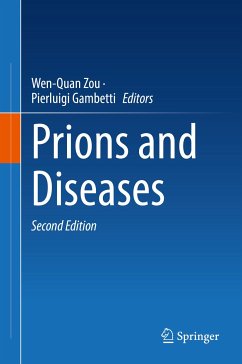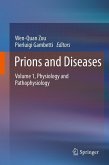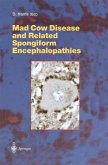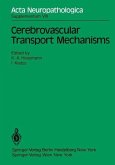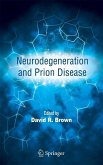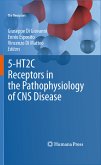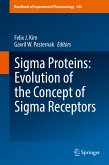Transmissible spongiform encephalopathies (TSE), now known as prion diseases, have been recognized for nearly 300 years in animals and almost 100 years in humans. Modern studies, including protein-misfolding cyclic amplification (PMCA), have greatly advanced our understanding of the pathogenesis of prion diseases and facilitated the identification of new prion diseases in animals and humans. In the second edition of Prions and Diseases, more than 60 leading researchers and clinicians worldwide provide an up-to-date discussion of these unique infectious pathogens and their associated diseases. The book provides up-to-date knowledge about the etiology, pathogenesis, classification, histopathological, and clinical aspects of the full range of animal and human prion diseases. As a result, the book contains the most authoritative views about the past, present, and future of prions and prion diseases covering freshperspectives on important emerging topics such as inherited human prion disease, stem-cell models in prion research, human prion disease surveillance, and gene therapy strategies.
Dieser Download kann aus rechtlichen Gründen nur mit Rechnungsadresse in A, B, BG, CY, CZ, D, DK, EW, E, FIN, F, GR, HR, H, IRL, I, LT, L, LR, M, NL, PL, P, R, S, SLO, SK ausgeliefert werden.

